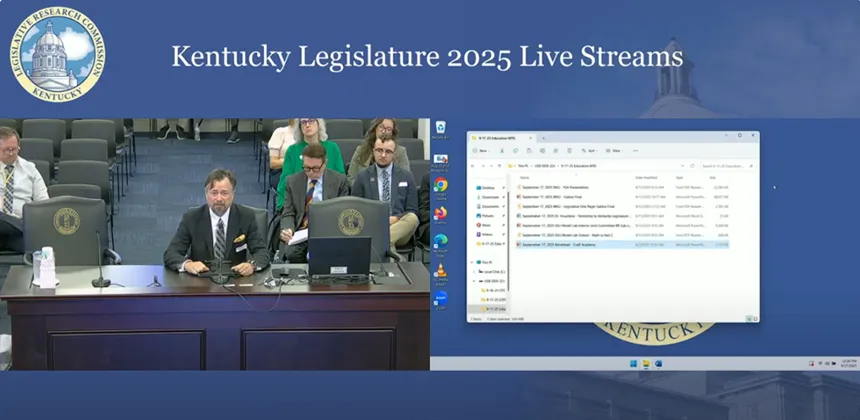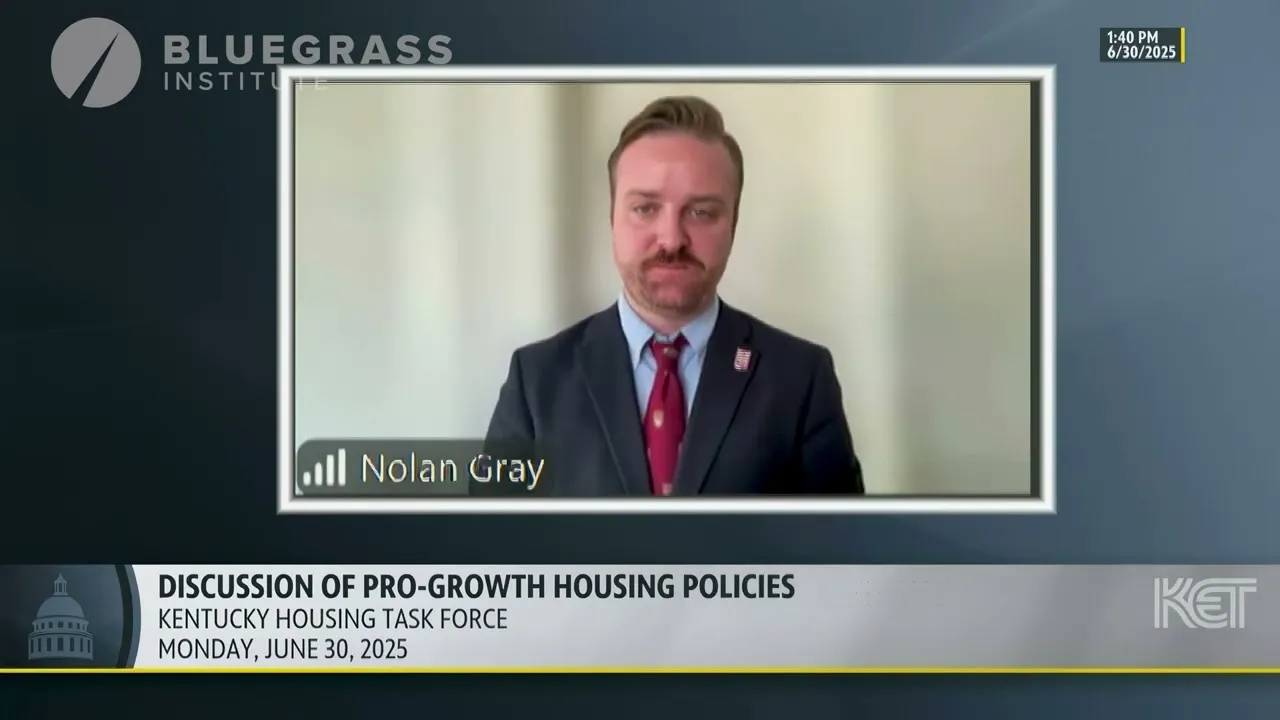Table of Contents
"Estimated Growth in Annual Public Teachers’ Compensation in Kentucky," co-authored by Paul Coomes, Ph.D., and John Garen, Ph.D., analyzes data from 2006 to 2024, focusing on the role of state-funded benefits in boosting overall pay. Key findings include:
- Total compensation growth: In 2024, the average teacher’s salary in Kentucky was $58,788. However, with fringe benefits averaging $35,406, total compensation reached $94,194 – a 61.6% increase from $58,301 in 2006.
- Inflation-adjusted gains: When adjusted for inflation, total teacher compensation rose by 10.5% from 2006 to 2024, despite a 7.1% decline in inflation-adjusted salaries over the same period.
- Fringe benefits surge: State on-behalf payments for benefits, including pensions and health insurance, jumped from $15,025 per teacher in 2006 to $35,406 in 2024 – a 136% nominal increase, or 61% when adjusted for inflation.
- Funding disparity: While per-pupil funding increased by an inflation-adjusted 40.5% (from $14,698 in 2006 to $20,656 in 2023), teachers' compensation growth lagged behind.
The report notes that, although teachers' compensation has grown, the much larger increase in school funding indicates that many resources are allocated elsewhere. Additionally, student academic performance has not kept pace with increases in either funding or teachers’ compensation.
Coomes and Garen find that large increases in school funding – including nearly $2 billion in fringe-benefit payments for teachers – have not translated into better outcomes for students. According to the 2024 National Assessment of Educational Progress (NAEP), far more than half of Kentucky students are below proficiency in fourth- and eighth-grade reading and math.
The NAEP data also highlights persistent academic-achievement gaps; only 12% of Black eighth-grade students were reading proficiently in 2024, compared with 33% of White students. Similar gaps have persisted for years. In 1998, NAEP eighth-grade reading results showed only 32% of White students and just 11% of Black students read proficiently.







